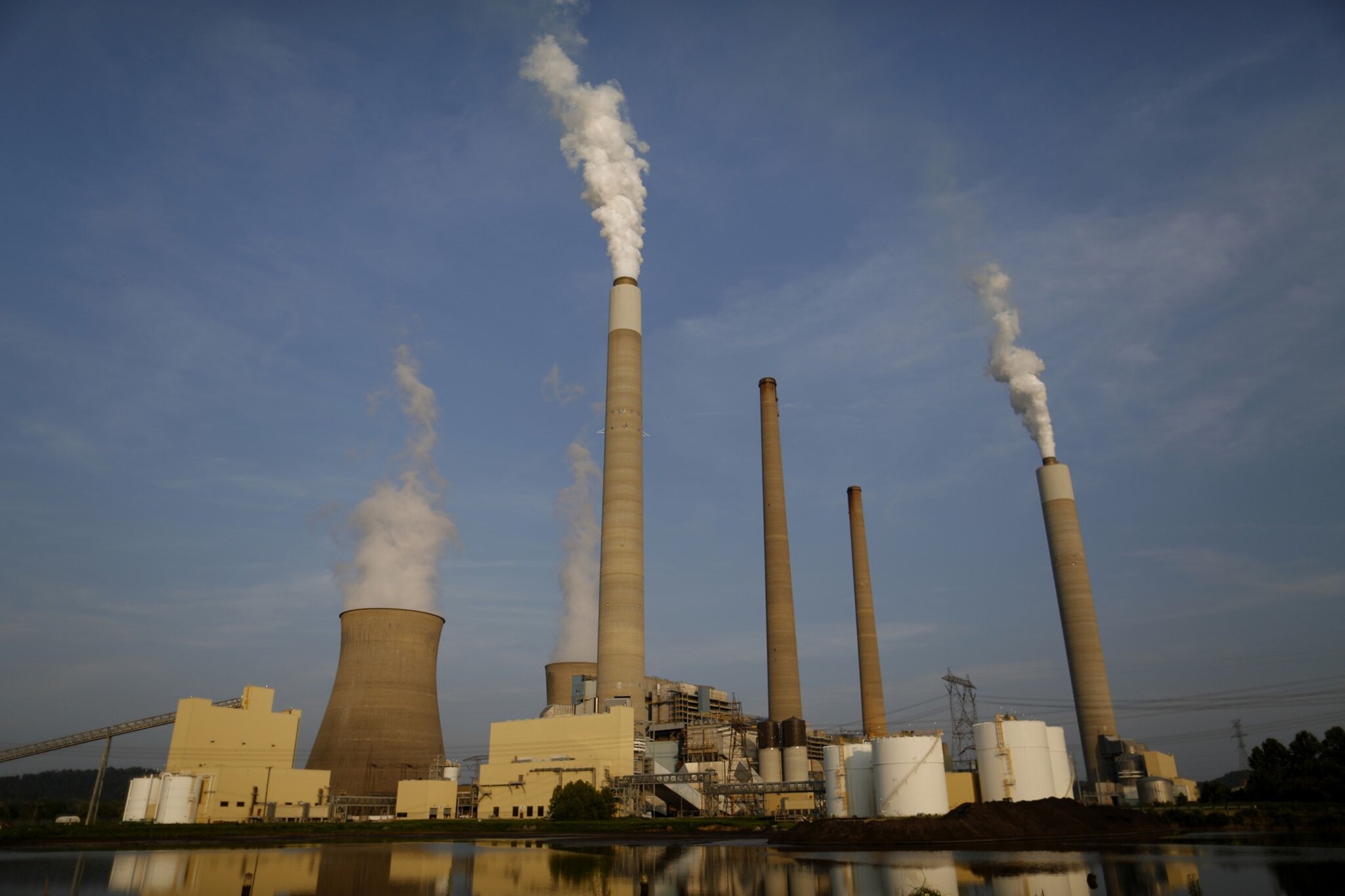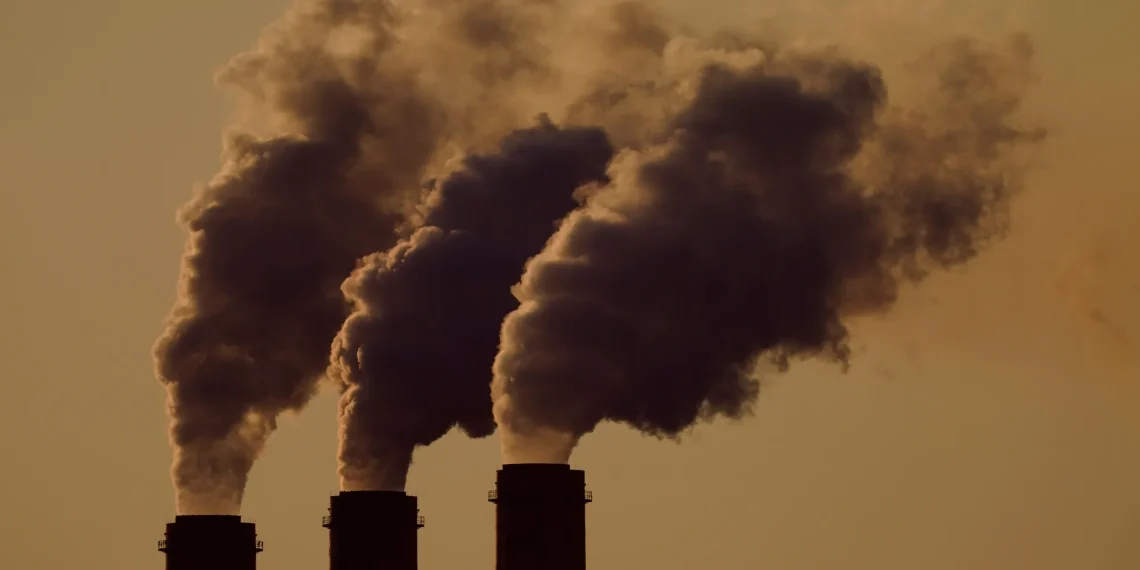The U.S. Supreme Court is slated to review a challenge from three Republican-led states and several energy firms against an Environmental Protection Agency (EPA) regulation targeting ozone emissions, potentially exacerbating air pollution in neighboring states.
Ohio, Indiana, and West Virginia, along with energy giants such as Kinder Morgan and U.S. Steel, aim to halt compliance with the EPA’s “Good Neighbor” plan, which curtails ozone pollution from upwind states, while disputing its legality in a lower court.
The Supreme Court, deferring immediate action on emergency requests filed last October to halt enforcement, will now weigh arguments on the reasonableness of the EPA rule’s emissions controls.
This challenge follows a pivotal 2022 ruling by the court’s conservative majority, which restricted the EPA’s authority to enact sweeping regulations to reduce carbon emissions from coal- and gas-fired power plants under the Clean Air Act.
The present dispute revolves around an EPA rule, enacted in June under President Joe Biden’s administration, targeting ozone emissions, a primary component of smog, in 23 upwind states.
The EPA contends that these states’ existing plans do not meet the “Good Neighbor” provision of the Clean Air Act, mandating measures to mitigate pollution drifting into downwind states.
The agency has implemented a federal program to curtail emissions from major industrial polluters in these states. However, enforcement has been paused in 12 states, including West Virginia, due to separate legal challenges in lower courts.

The case before the Supreme Court involves litigation brought by Ohio, Indiana, and West Virginia, as well as pipeline operators, U.S. Steel, regional electricity generators, and energy trade associations. These entities argue that the EPA’s actions violate federal law by failing to ensure reasonableness.
The Justice Department, representing the EPA, contends that blocking the rule for these challengers would pose significant health risks to residents in downwind states affected by emissions from their upwind counterparts.
In January, the EPA proposed extending the “Good Neighbor” plan to five additional states: Arizona, Iowa, Kansas, New Mexico, and Tennessee.





